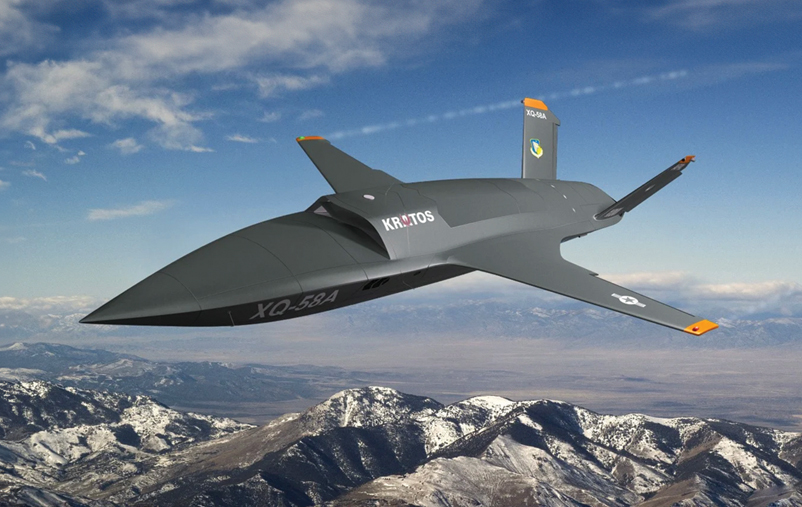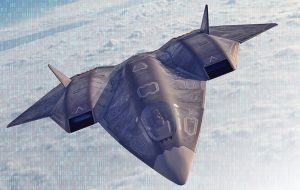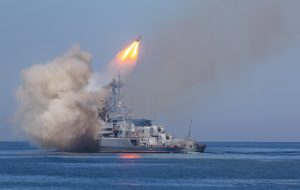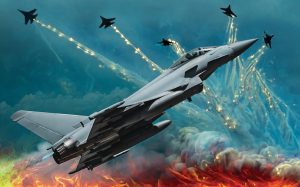This belief is underscored by the statement of the U.S. Navy’s Secretary of Navy Affairs, Ray Mabus, who declared that the (F-35) fighter jet should be the last manned fighter aircraft the U.S. Navy will buy or fly.
Since then, successfully tested lethal drones have been developed, offering greater speeds, longer ranges, and enhanced stealth capabilities. The U.S. Air Force has also initiated a rapid development program for cost-efficient, advanced-performance attack drones with capabilities resembling that of fighter aircraft.
However, the United States is not alone in developing such drones, as 20 countries, including the three major powers—the United States, Russia, and China—produce combat drones.
This study will shed light on the prominent features of these drones and their implications for modern conflicts.
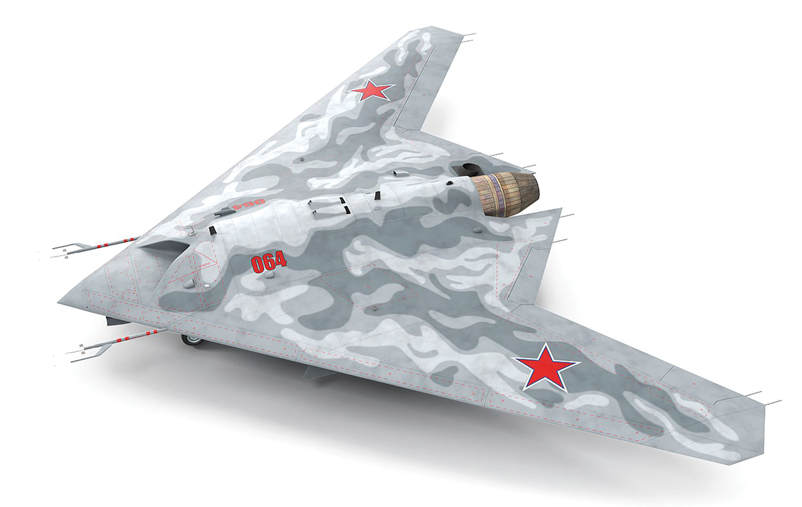
Stealth Combat Drones
There are various examples of unmanned combat aerial vehicle (UCAV) models, either in production or already manufactured and in service. Among the notable examples are:
Russia’s Use of Stealth Combat Drone against Ukraine: Western sources indicate that Russia has indeed deployed the long-range stealth combat drone, (S-70 Okhotnik) or (Hunter), for attacks against Ukraine.
In June 2023, it struck Ukrainian military facilities in the Sumy and Kremenchuk regions. Russia became the first country to produce a stealth combat drone capable of carrying guided missiles and employing them in combat operations, surpassing both the United States and China.
Moreover, the new Russian drone is produced by the Sukhoi and MiG companies alongside sixth-generation fighter jets, suggesting that the purpose of the (Hunter) is to accompany and provide combat support for manned Russian fighters, similar to the fifth-generation (Sukhoi-57).
Thus, it is clear that Russia plans for the latter to control several (Hunter)drones within a short timeframe.
The Russian stealth drone can reach speeds of 1000 kilometres per hour and has a range of 6000 kilometres. It can carry weapons weighing approximately 2.8 tons, moreover, it comes equipped with an AI-based data communication channel, which enables effective communication for (Sukhoi-57) and (S-70) even in the presence of interference.
Additionally, it can provide synchronous data transmission in all directions, including air-to-ground or air-to-air, expanding the transmitted data range.
Several assessments have cast doubt on Russia’s ability to produce the stealth drone, claiming that Moscow lacks sufficient engines for this type of unmanned aircraft.
This scepticism is based on the original Russian plan, which relied on using German-made (RED A03) diesel engines, however, importing these engines after the Russian-Ukrainian war and Western sanctions against Moscow seems unlikely.
On the other hand, previous analysis suggested that Russia is exploring two alternatives to the German engine. The first is the (VK-800SM)turboshaft engine, expected to receive official certification by the end of 2024, with serial production for 30 engines per year starting in 2025.
The second option is the (APD-500)engine developed by the Russian state-owned Central Institute for Aircraft Engine Design in collaboration with the Central Scientific Research Automobile and Automotive Engine Institute.
While the earlier assessments question Russia’s ability to produce it, the observed deployment of (Hunter)drones over Ukraine indicates that Russia has overcome previous obstacles and plans to commence production this year.
US Stealth Drone Tests in Mid-2023: The United States Air Force Research Laboratory announced on August 2, 2023, the successful launch of an unmanned combat aerial vehicle (UCAV) model (XQ-58A Valkyrie) using artificial intelligence.
The drone’s test flight, which took place on July 25, 2023, in Florida, lasted three hours. This trial came after two years of development and similar tests with the US F-15 fighter.
Building fleets of relatively inexpensive smart weapons, deployable in large numbers, will enable Pentagon officials to rethink strategies for defeating enemy forces.
With a range of up to 4800 kilometres, the United States plans for the new UCAV either to support manned American fighters or to fly in swarms of unmanned combat aerial vehicles for military operations.
Chinese AI-Powered Stealth Fighters: Chinese military experts confirmed in 2019 that China plans to integrate artificial intelligence into drone systems to produce AI-powered unmanned combat aerial vehicles (UCAVs).
According to Li Yidong, chief designer of the Chinese Wing Loong drone series, this integration aims to enable these UCAVs to fly independently, identify targets, and make decisions to enhance their combat capabilities.
China’s desire to produce AI-powered UCAVs stems from current drones’ reliance on ground-based pilots to direct them from control stations, which leaves them vulnerable to signal interference in electronic warfare, compromising their combat effectiveness.
Installing artificial intelligence systems on UCAVs can address this issue, allowing them to make decisions independently, even if they lose communication with the main station.
Additionally, AI-equipped UCAVs travelling long distances can overcome data transfer delays, which is crucial in rapidly changing aerial combat situations where decisive decisions are needed. Thus artificial intelligence appears to be the solution to several challenges.
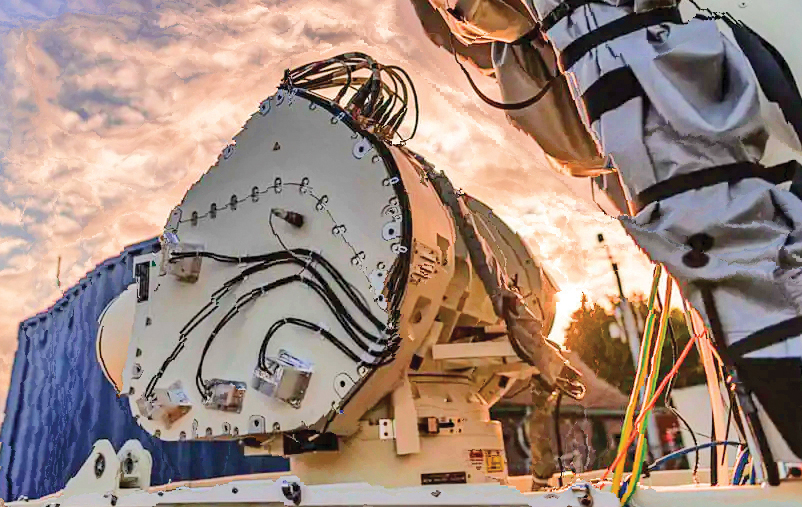
Implications for Future Battles
The evolution of stealth drone production is driving research to develop anti-aircraft defence systems and stimulating efforts to advance artificial intelligence.
The following points illustrate the potential impact of these developments on the future battlefield:
Diminished Human Role: The increasing reliance on artificial intelligence in modern warfare raises questions about its impact on international humanitarian law. It sparks debates on the ethical considerations of deploying software designed for lethal actions, challenging the traditional role of humans in armed conflicts.
Such concerns are heightened in the US given its track record of drone strikes that have resulted in civilian casualties.
The New York Times recently uncovered documents from the US Pentagon revealing erroneous intelligence, mistaken targeting operations, and years of thousands of civilian casualties, including many children, due to the use of drones.
If such mistakes are made by drones operated by humans, the risks of fully employing artificial intelligence in guiding fighter jets and granting machines the discretion to make kill decisions could lead to even greater violations of human rights.
However, this humanitarian debate won’t impede countries’ trend towards developing drone fighters and the development of such technology by a major power will inevitably prompt other nations to do the same, with little regard for this ethical debate.
While such aspects may be viewed as addressable challenges in the future, countries must consider them and avoid underestimating them.
The Need for Air Defence Systems: Previous developments reveal that many countries can now develop drone fighters, which are expected to be operational within a short period. Produced in large quantities, these drones will form swarms. Undoubtedly, such a scenario will bolster military efforts aimed at developing air defence systems capable of intercepting drone swarms.
So far, there are no air defence systems capable of fully protecting a state from drone attacks. However, some argue for integrating drone fighters with air defence systems to address this challenge.
On the other hand, some advocate for the necessity of developing artificial intelligence and integrating it into air defence systems to enable quick and accurate decision-making in dealing with drone threats, while others suggest relying on electronic warfare and laser weapons.
Notably, the Russian-Ukrainian war highlighted the importance of electronic warfare in countering drones.
While Ukraine launches tens of thousands of drones monthly, most of them fail to reach their target due to the efficiency of Russian electronic warfare, described by some as an (invisible scissor cutting communication to a remotely controlled device), according to Mykola Kolesnyk, commander of the Ukrainian drone unit. Furthermore, the development of laser weapons to confront drone challenges is nearing fruition. In 2017, the British Army began developing (DragonFire), the first long-range, high-power laser weapon.
On January 19, 2024, the device demonstrated its ability to shoot down drones for the first time. Although the development of laser weapons is costly, their ammunition cost is significantly lower, with the cost of one laser shot reaching one dollar, compared to over one million dollars for one missile.
Moreover, since laser weapons do not contain physical projectiles, there are no concerns about running out of ammunition, as long as they have a power source. While such systems are used to shoot down small or medium-sized drones, they can be developed to confront future drone fighters.
Risks of Drone Penetration: Any remotely operated device, such as planes or civilian drones, is susceptible to hacking and cyber attacks, however, it’s not as straightforward for military systems. Military drones are equipped with robust authentication protocols and encryption to protect against unauthorized access. Additionally, physical security measures are implemented to safeguard drones from physical tampering. However, this doesn’t mean that these drones are entirely immune to electronic or cyber-attacks.
During the Russian-Ukrainian war, Russia managed to shoot down numerous Ukrainian drones using electronic jamming, as previously mentioned. There have also been reports in the media suggesting Washington’s reluctance to supply Ukraine with modern American drones, fearing they might fall into Russian hands.
Hence, the concern regarding the possibility of drone penetration remains possible.
This necessitates countries to invest in securing their drones from penetration to prevent them from being compromised and used to launch attacks against the deploying nation.
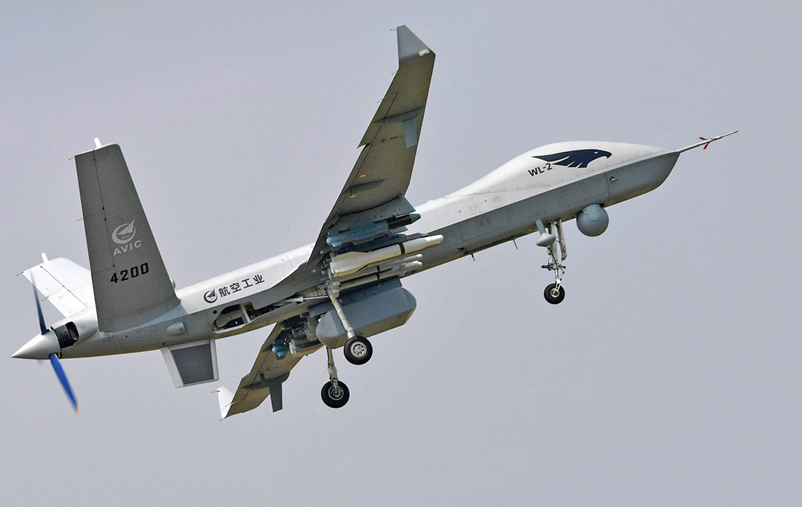
Conclusion: The development of combat drones represents a natural progression in the increasing use of UAVs, particularly small and medium-sized ones, in modern battles worldwide.
Coupled with the growing applications of artificial intelligence, the prospect of developing combat drones is becoming an imminent reality.
Russia and the United States already possess experimental models, and production is expected to commence soon. However, the development of these military systems poses significant risks, particularly concerning their ability to avoid harming civilians. There is also a pressing need to develop anti-drone air defence systems and protect them from external penetration.


